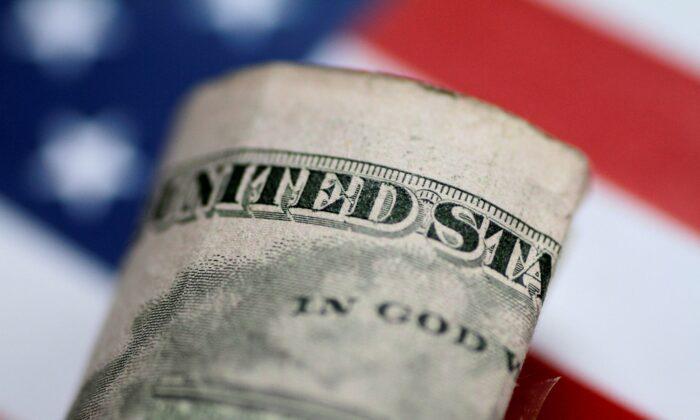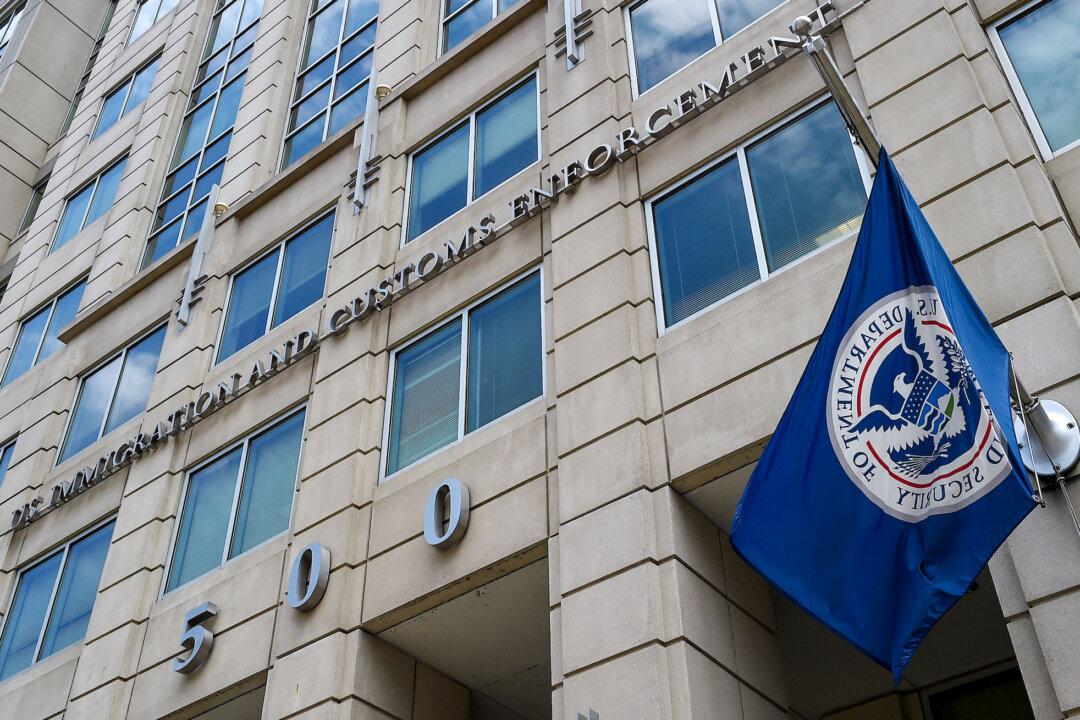President Joe Biden’s proposed $1.9 trillion COVID-19 relief bill is fueling debate among economists about whether it will spark a nasty spike in inflation.
Several prominent economists have argued, however, that the wave of stimulus that Biden’s American Rescue Plan would unleash will bring with it inflationary pressures that could deliver a disruptive blow to inflation expectations.

Dudley argued that several factors play into fears of above-expectation inflation. One is a surge in demand versus reduced supply. The idea is that the recent economic fallout wiped out many small businesses and as herd immunity to COVID-19 is achieved and activity ticks back to pre-pandemic levels, there simply won’t be enough businesses around—at least in the short term—to satisfy the surge in demand, driving prices higher.
Another factor, according to Dudley, relates to the fact that the pandemic has disrupted the way businesses operate, with many shifting to work-from-home arrangements or relocating outside of major urban centers. But the capital that has been left behind—for example in Manhattan office space, more of which now stands vacant—will take time to reallocate, generating a drag on productivity growth, which adds to inflationary pressures.
He also worries about signals by the Federal Reserve that it will be in no hurry to roll back accommodative policies, which, combined with aggressive fiscal policies by a federal government less concerned about debt burdens, will further fuel inflation.

She said that a relief package in the neighborhood of $1.3 trillion, which is what Oxford Economics expects will be the final price tag of the compromise relief package, would lift the PCE inflation rate to 1.9 percent year-over-year.
“The robust spring pickup in activity should add further to this gain, lifting it to 2.7 [percent] y/y during Q2. Inflation should remain at 2 [percent] or above for about two years, which hasn’t happened since the Global Financial Crisis,” Bostjancic predicts.
“This stimulus-led boost to growth and inflation should be rather transitory. With GDP growth returning to a more moderate pace of around 2.7 [percent] in 2022, inflation should slow to around 2 [percent],” she wrote.
However, Bostjancic also noted the upside risks to inflation and yields are building and that, under an alternative scenario in which “cyclical inflationary forces overtake secular disinflationary impulses,” inflation could surge above expectations to an average 2.5 percent over the next several years.
The factors Bostjancic identifies include “a stronger cyclical recovery this year, the dovish change to the Fed’s mandate, explosive growth in monetary aggregates fuelled by large rounds of federal fiscal transfers, and quantitative easing (QE asset purchases).”

Another prominent economist to warn of inflationary pressures is former International Monetary Fund chief Olivier Blanchard.
Blanchard, in a series of tweets, made the case that Biden’s $1.9 trillion proposal, in combination with prior relief packages, would send the level of output of the economy surging to 14 percent above potential.
“It would take the unemployment rate very close to zero. This would not be overheating; it would be starting a fire,” he wrote, arguing that it would lead to “potentially much more” than the 2.5 percent inflation that some models are predicting.
“I agree that too much is better than too little and we should aim for some overheating,” Blanchard said. “The question is how much. Much too much is both possible and harmful. I think this package is too much,” he said of Biden’s $1.9 trillion proposal.
Treasury Secretary Janet Yellen has defended the size of Biden’s measure, arguing that it is needed to quickly restore employment to pre-pandemic levels.
“There’s absolutely no reason why we should suffer through a long slow recovery,” Yellen said during a recent interview on CNN’s “State of the Union.” “I would expect that if this package is passed that we would get back to full employment next year.”
Yellen argued that, without more federal support, it could take until 2025 to send the unemployment rate back down to 4 percent.
The unemployment rate in January stood at 6.3 percent.





